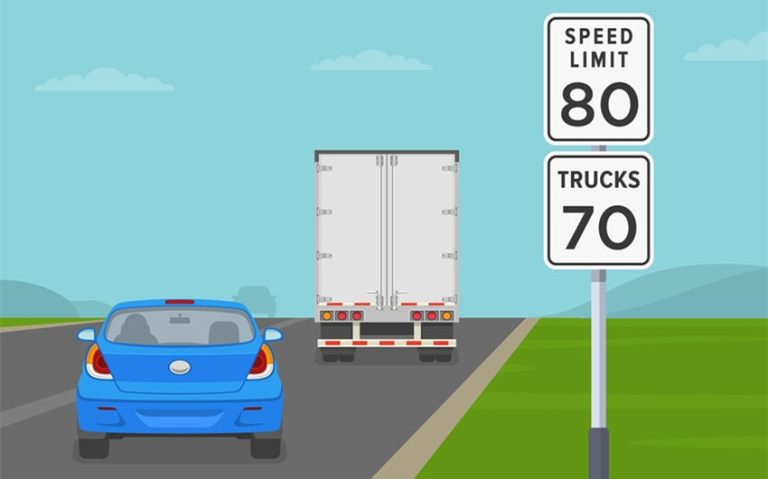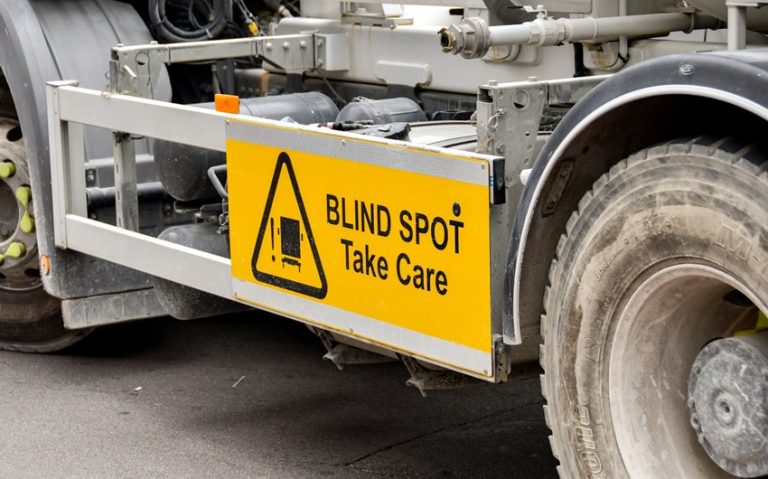Distracted driving is a major cause of accidents on the road today. It involves any activity that diverts attention from driving, making it extremely dangerous. Knowing the common types of distracted driving can help create strategies to prevent accidents.
Many drivers are unaware of just how dangerous their actions can be. They might think a quick glance at their phone or adjusting the radio is harmless. However, these seemingly small distractions can lead to severe consequences. Exploring common distracted driving behaviors is essential. They significantly impact our safety.
Texting and Use of Mobile Devices
Texting while driving is one of the most dangerous forms of distracted driving. It requires visual, manual, and cognitive attention from the driver. When drivers take their eyes off the road to read or send a text, they are not aware of their surroundings. This can result in missing traffic signals, failing to notice pedestrians, or not reacting to sudden changes in traffic.
Even a few seconds of distraction can have fatal outcomes. Using mobile devices for calls, social media, or navigation also poses significant risks. These distractions can cause crashes and even fatalities on the road.
Eating and Drinking
Many drivers eat or drink while driving, which is another common distraction. This behavior involves taking hands off the wheel and eyes off the road. Whether it’s a quick snack or a full meal, handling food and beverages divides attention. Spills and messes can further distract the driver, causing them to react abruptly. This can lead to swerving, sudden braking, or collisions.
While it may seem like a time-saving activity, eating and drinking while driving significantly increases the risk of an accident. Prioritizing driving over mealtime can help avoid these dangers.
Adjusting Controls and Devices
Adjusting controls within the car, such as the radio, air conditioning, or GPS, is a common distraction. Drivers often reach for these controls without thinking about the potential risks. Taking hands off the wheel to adjust settings means less control over the vehicle.
Additionally, looking at a GPS screen or tuning the radio takes eyes off the road. A quick distraction can make you miss critical things like brake lights or road signs. It is safer to make these adjustments before starting the trip or while the car is stationary.
Conversing with Passengers
Talking to passengers is a natural part of driving, but it can also be distracting. Engaging in deep or emotional conversations can divert a driver’s attention from the road. Turning to look at passengers or using hand gestures further takes focus away from driving.
While casual conversation might seem harmless, it can still impact reaction times and situational awareness. Keeping conversations light and avoiding heated discussions can help maintain focus. Ensuring passengers are aware of the need for the driver’s attention can also minimize distractions.
External Distractions
External distractions are events or objects outside the vehicle that draw a driver’s attention. This includes looking at billboards, construction sites, or other accidents on the road. Rubbernecking, or slowing down to look at something outside, is a common cause of rear-end collisions. Things like sirens or honking can easily distract drivers.
While it’s natural to notice these things, they can take focus away from driving. Staying attentive to the road and surroundings without getting distracted by external factors is crucial for safe driving.
Distracted driving behaviors are varied but share a common risk: they take attention away from the road. Texting and using mobile devices, eating and drinking, adjusting car controls, conversing with passengers, and external distractions all contribute to accidents. Understanding these behaviors helps in developing strategies to reduce their occurrence.
By staying aware of these common distractions and prioritizing safe driving practices, drivers can significantly reduce the risk of accidents. Safe driving requires full attention, and minimizing distractions is a key part of this responsibility. By staying alert and aware, we can help make the roads safer.







